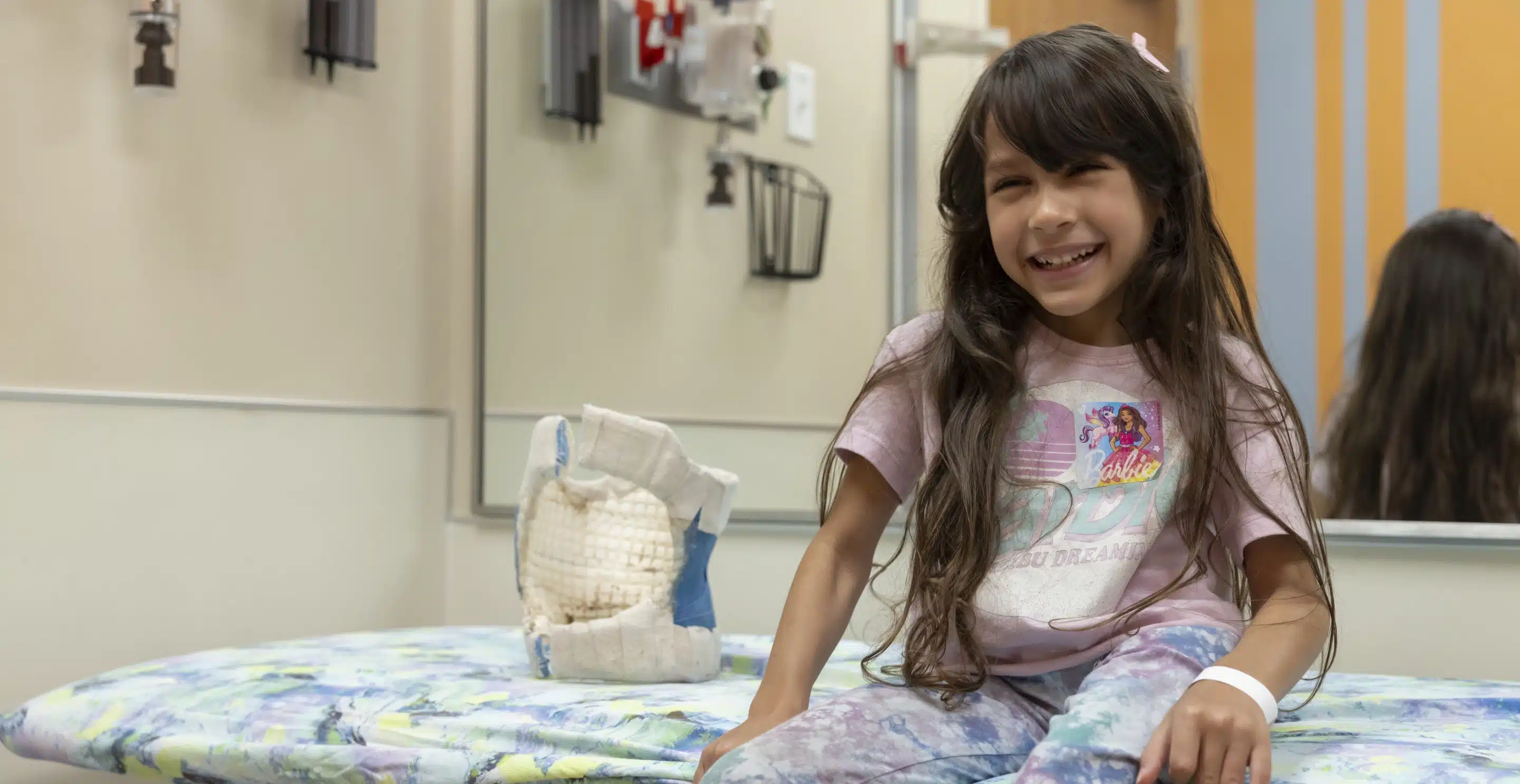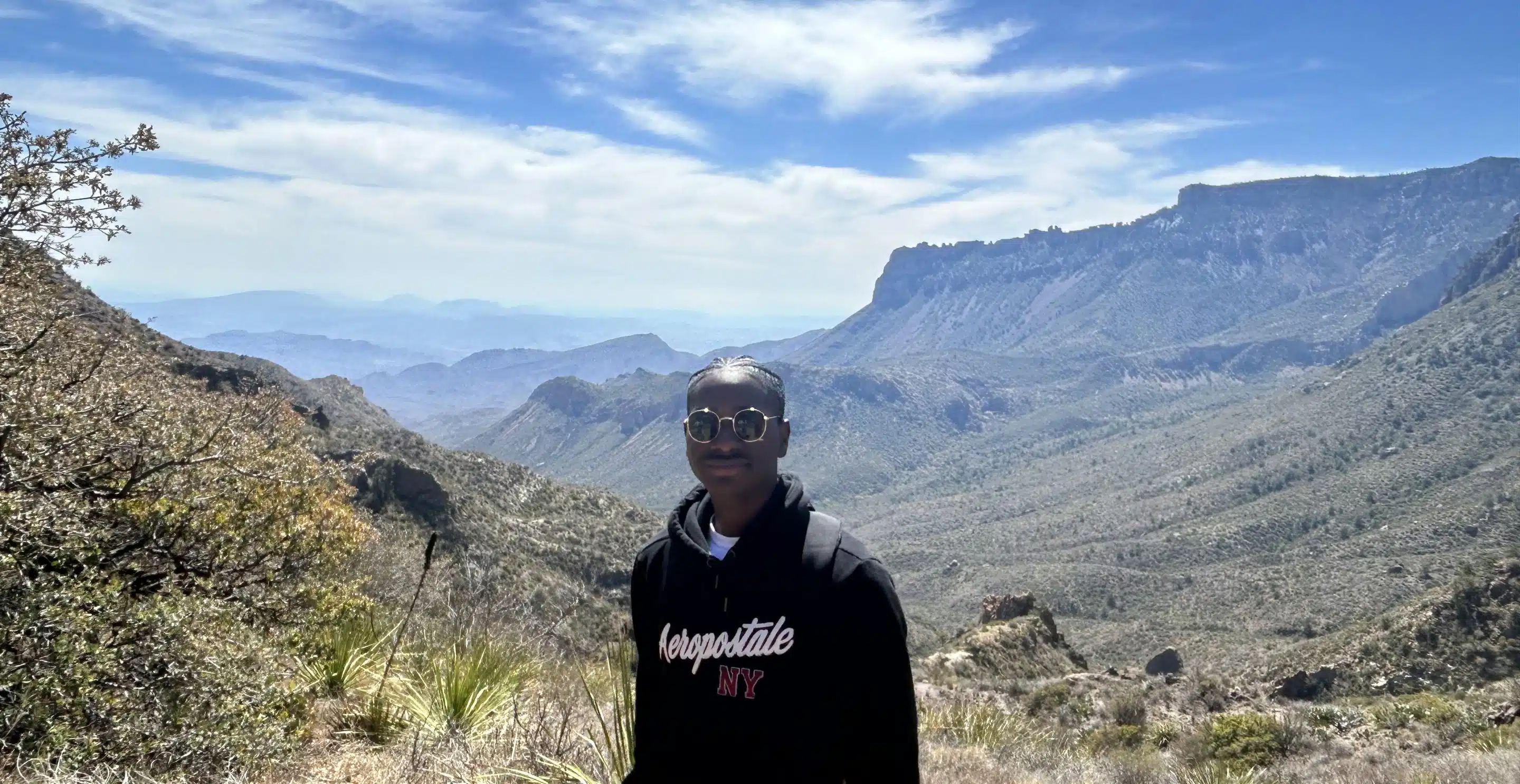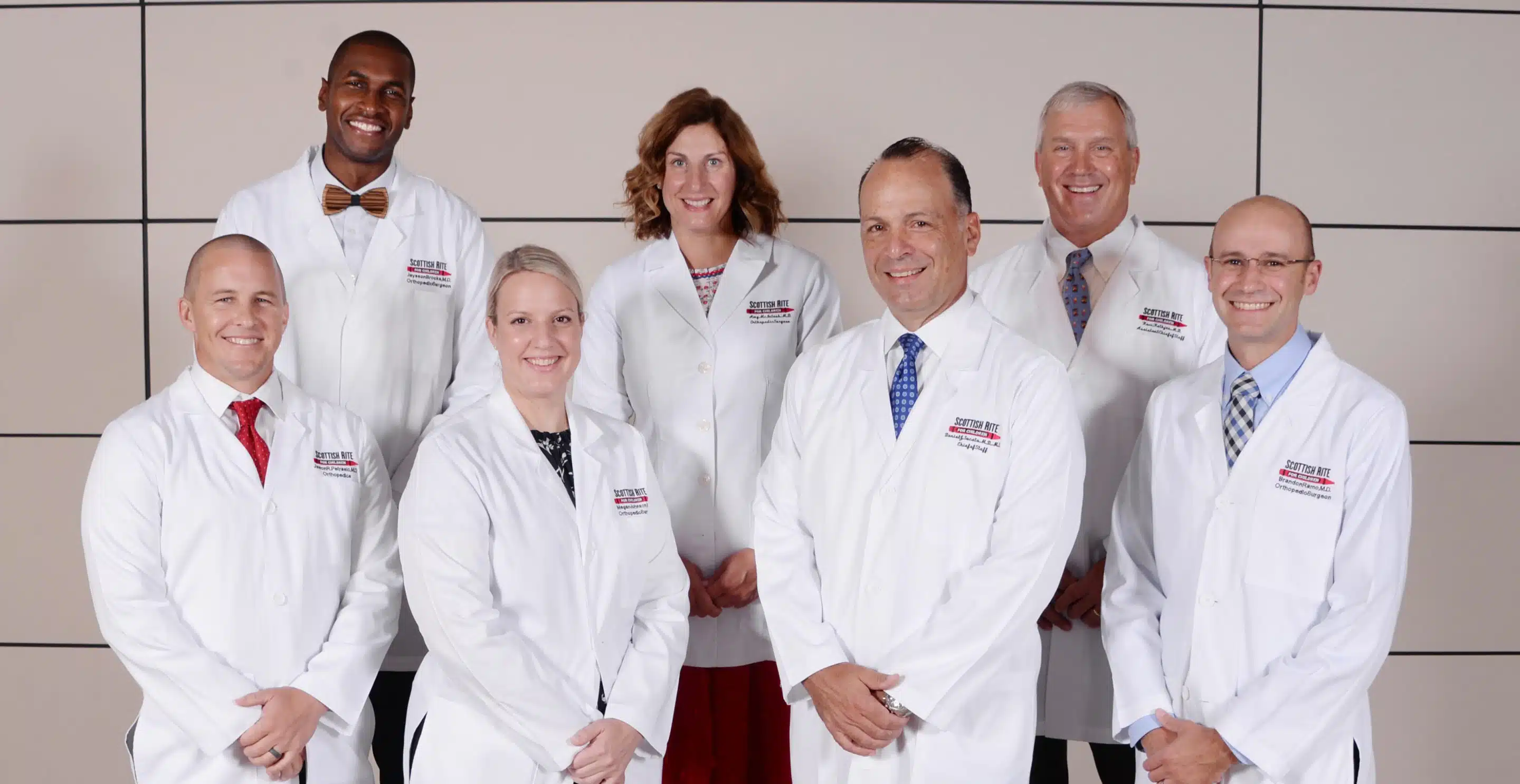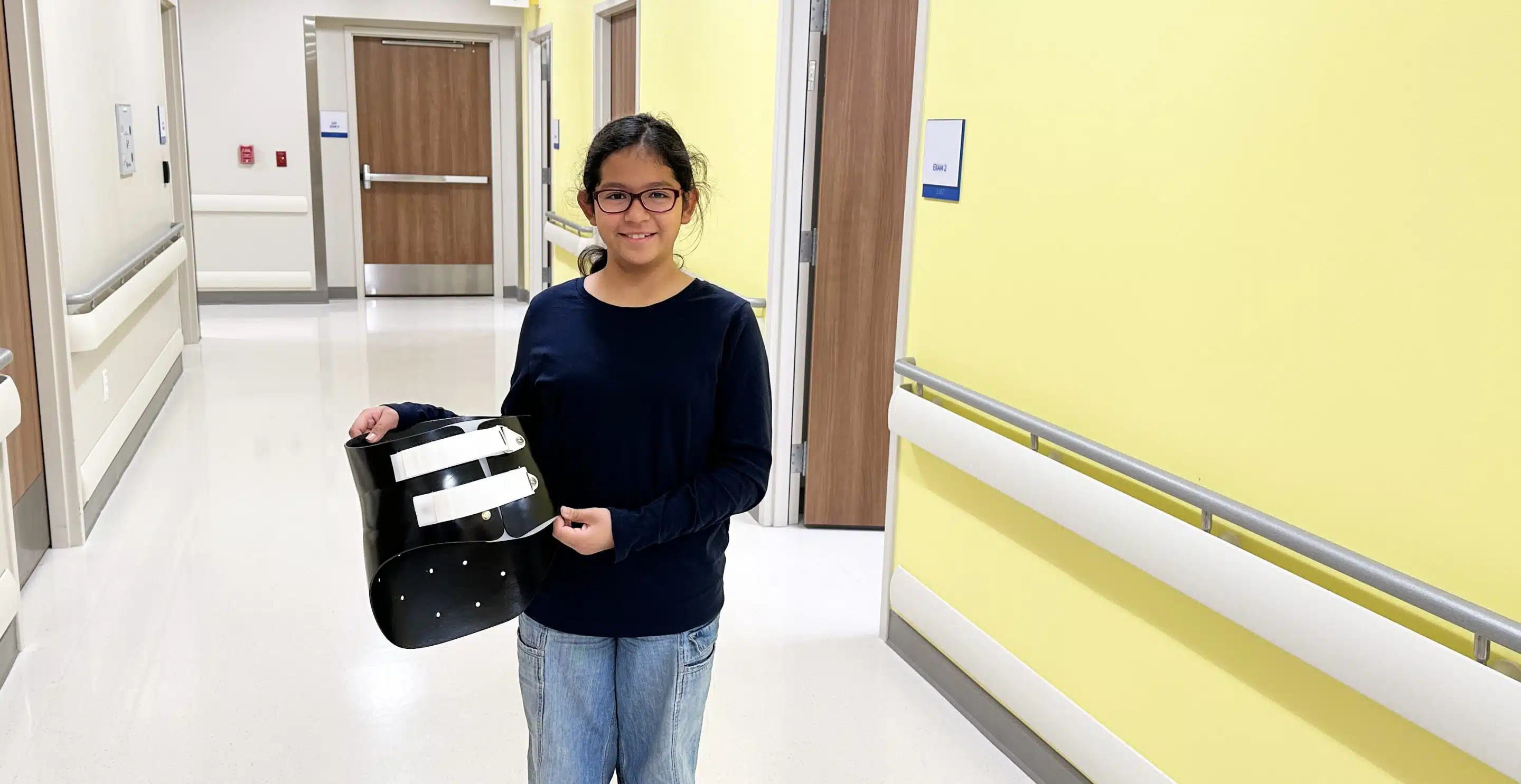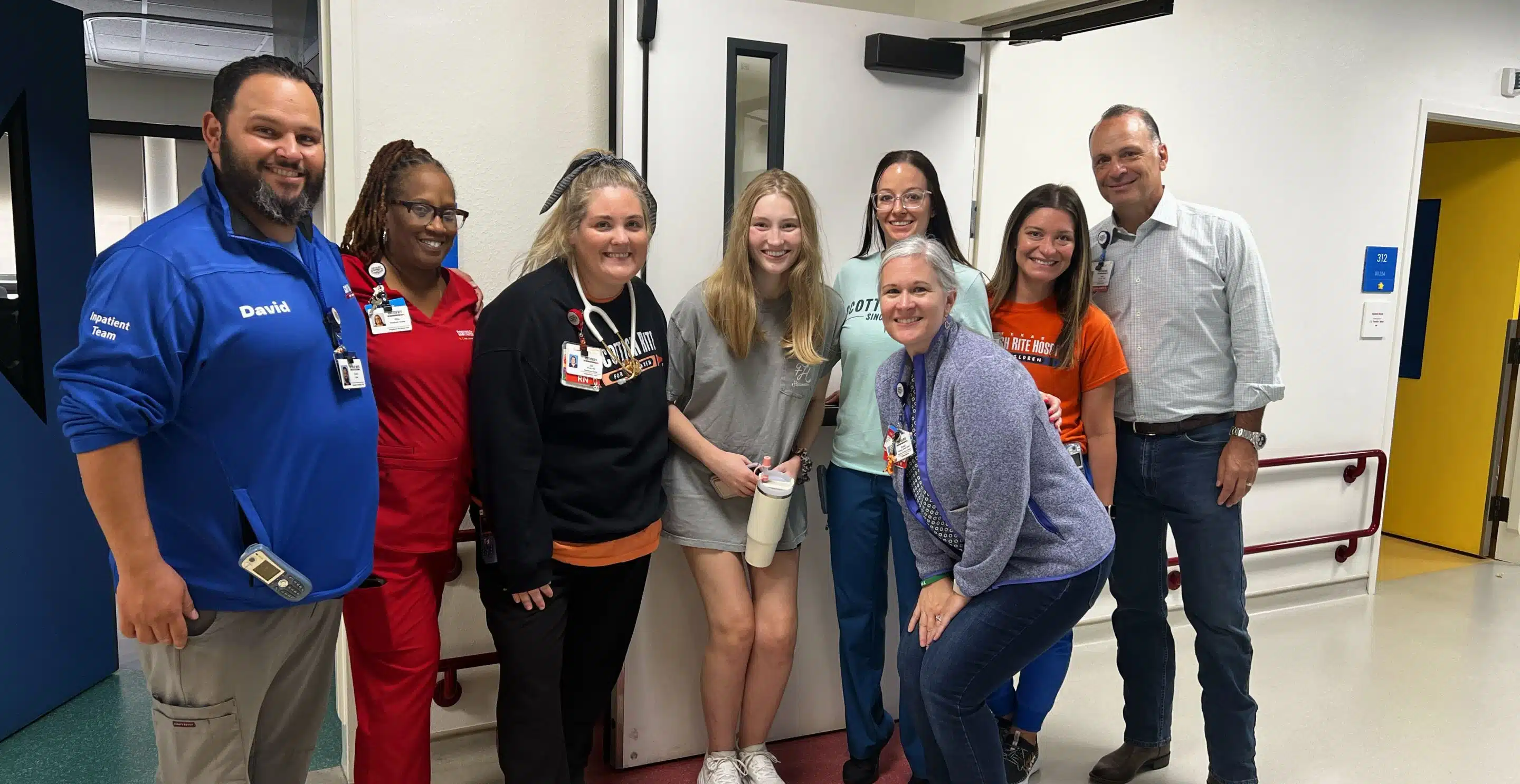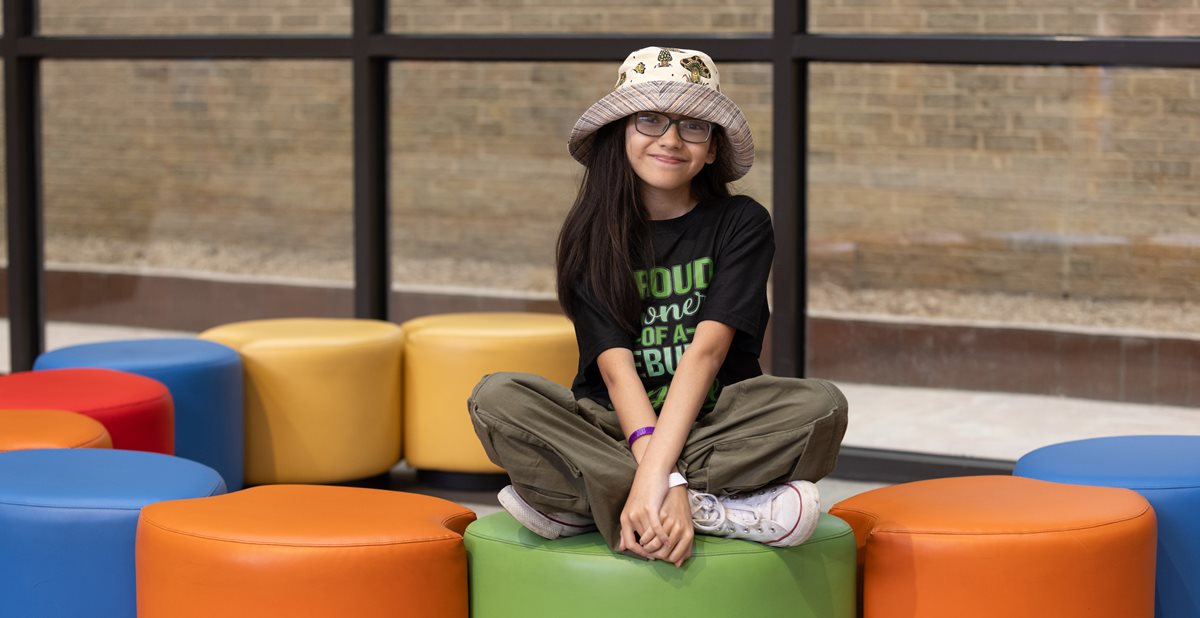Scoliosis and Spine

What Is Scoliosis?
Scoliosis is a condition in which the spine curves or twists sideways in the shape of a C or S. It is a progressive condition, meaning the curvature of the spine typically worsens over time. Approximately 2% to 3% of children and adolescents are diagnosed with scoliosis.
Scoliosis may affect one or more sections of the spine:
- Lumbar scoliosis affects the lower part of the spine.
- Thoracic scoliosis occurs in the middle part of the spine.
- Thoracolumbar scoliosis involves both the lower and middle section of the spine.
About Scoliosis
There are several types of scoliosis:
- Adolescent idiopathic scoliosis is the most common type of scoliosis in children and teens. It develops between the ages of 10 and 18. Idiopathic means there is no known cause, and it occurs in children who do not have any other medical problems.
- Congenital scoliosis is present from birth and involves abnormal development of the small bones in the spine, called vertebrae, before a child is born.
- Early-onset scoliosis (EOS) is a side-to-side (lateral) curve of the spine diagnosed in children 8 and under.
- Neuromuscular and syndromic scoliosis happens in children with another medical condition that affects the muscles, nerves or spine, such as cerebral palsy, muscular dystrophy, spinal muscular atrophy or spina bifida.
Scoliosis is more common in girls, but any child can develop the condition. In most cases, there is no known cause. However, a family history of scoliosis increases a child’s risk of developing the condition.
In congenital scoliosis, the cause is known. A child may be born with a misshapen vertebra, one of the building blocks of the spine. A curve may also develop from an underlying neurological disorder (neuromuscular scoliosis).
Slouching, bad posture, sleeping position, lack of calcium or carrying heavy books, backpacks or purses does not cause scoliosis. It’s not the result of doing anything “wrong,” and there’s no way to prevent it.
Groundbreaking research at Scottish Rite for Children is working to determine the cause of scoliosis, better understand factors that lead to curve progression, explore ways to prevent curve progression and improve treatments.
Scoliosis is usually diagnosed during a routine physical exam with a pediatrician or a school screening. The most common test for scoliosis is the Adam’s forward bend test. During this exam, the child bends forward while an examiner looks for signs of scoliosis in the back.
Scoliosis can range from mild to severe. Signs include:
- One hip that appears higher than the other
- One shoulder blade that is more prominent than the other
- Uneven shoulders
- An asymmetrical rib cage in which the left or right side appears higher from the back when the child bends over to touch their toes
The way clothing hangs on your child may also reveal signs of the condition. For example, a hem may look uneven, or one pant leg might appear longer.
Most children with scoliosis do not have any pain. However, in severe cases, the condition may cause breathing difficulties or pain in the back or shoulders. Your child may also feel tiredness or weakness in his or her back after sitting or standing for long periods.
If your child’s doctor detects scoliosis, the next step is to take X-rays to capture a clear image of the spine and measure to see if a curvature is present and how large it is. Your child’s doctor may also order other imaging tests to gather more information.
Treatment is really dependent on two main factors: the amount of remaining spine growth the child has and the size of the curve. More spine growth and larger curves are more likely to progress and get bigger. Curves are measured in degrees. A straight spine is 0 degrees, and any curve measuring above 10 degrees is considered scoliosis.
Treatment generally falls into these four categories:
- Observation - X-rays are taken every 4 to 8 months to monitor the curve. This is generally for curves less than 20 degrees.
- Bracing - Bracing is typically for curves between 20 and 45 degrees. If your child is still growing, scoliosis bracing may help prevent their curve from worsening. There are several types of scoliosis braces. At Scottish Rite for Children, all braces are custom made on-site in our Orthotics & Prosthetics lab by orthotists who work side-by-side with our physicians.
- Surgery - Surgery is generally used for curves above 45 to 50 degrees. The goal of surgery is to prevent the curve from worsening and to correct the curve a certain amount. The type of surgery most commonly used is a posterior spinal fusion with instrumentation. A newer technique, which is only indicated for some scoliosis cases, is vertebral body tethering (VBT.)
- Physical therapy - A scoliosis-specific exercise program can help your child’s symptoms and may be recommended along with bracing.
- Casting - Younger patients with scoliosis may be candidates for casting. This treatment includes a series of casts during the course of several months to slow or stop the curve from worsening.
Some children and teens feel embarrassed or self-conscious about having scoliosis or wearing a brace. Having mental health support can help them cope. Our peer support program is another resource we offer to patients and families to help them navigate scoliosis treatment.
In scoliosis patients with a curve of 50 degrees or more, spinal surgery is often the best treatment option. Surgery is also used for patients who did not achieve success with bracing. If surgery is needed, your surgeon will tailor the operation to the specific needs of your child.
- Spinal fusion surgery is the most common surgery performed to treat scoliosis. During this surgery, the curved vertebrae are fused together to create a single, solid bone. This stops the growth in the abnormal part of the spine and prevents the curve from worsening. Metal rods attached by screws are used to hold the spine in place until the bone heals.
- Vertebral body tethering (VBT) is a surgical treatment for idiopathic scoliosis in growing children. In this procedure, a surgeon attaches a flexible cord to the spine. The cord placement slows growth on one side of the curve while allowing growth on the other side, to potentially straighten the spine over time.
- Growing rods are used for patients diagnosed with early-onset scoliosis (EOS) – children under the age of 8. This is an innovative treatment that reduces the number of surgeries a child must undergo. In this procedure, a surgeon places a metal rod next to the spine. This rod can be lengthened as your child grows. There are two main types of growing rods: the traditional growing rod (TGR) and the
MAGEC™(MAGnetic Expansion Control) rod.
- Halo-Gravity Traction is the process of gently stretching and straightening a significantly curved spine, as seen in patients with scoliosis and kyphosis. This method of treatment is usually the first step in a treatment plan before other treatments, such as bracing, casting or spinal surgery. After the halo is placed, a traction device is attached using a pulley system that attaches to the child’s bed, wheelchair or walker. Over time, clinicians will add weight to the pulley to slowly stretch and straighten the child’s curved spine. During this process, clinicians will monitor your child’s movements and strength as well as take X-rays to track progress. Once your child’s curve has improved, the halo will be removed, and the next method of treatment will begin.
Scoliosis and spinal care experts at our Sarah M. and Charles E. Seay/Martha and Pat Beard Center for Excellence in Spine Research are working to:
- Detect symptoms earlier
- Determine the cause of idiopathic scoliosis
- Identify risk factors
- Improve treatment options
- Prevent progression of the condition
Our team is at the forefront of scoliosis research and technology. We have:
- Developed the Scottish Rite for Children Spinal System, which was the most widely used implant to treat spinal conditions.
- Identified three genes associated with idiopathic scoliosis, including the first detected associated gene in 2007.
- Improved innovative spinal surgical techniques, which have reduced blood transfusions during surgery for AIS patients, decreased the need for narcotic consumption post-surgery and minimized unnecessary blood draws in the hospital.
Our Center for Excellence in Spine Research is also home to the Pediatric Scoliosis Database and Genetic Scoliosis Database, informing and strengthening research to improve the care and lives of young people living with scoliosis. Both psychologists and child life specialists are available at Scottish Rite for Children to help patients cope with their diagnosis and treatment.
Mother-Daughter Scoliosis Journey
Ashley was treated for scoliosis by Dr. Dan Sucato in 2004. When her daughter was diagnosed with scoliosis 20 years later, she knew exactly where to bring her.
FAQs
What are the different types of scoliosis?
- Idiopathic scoliosis – scoliosis without a known cause that occurs in otherwise healthy children. It is divided into infantile (birth to 3 years), juvenile (4-10 years) and adolescent idiopathic scoliosis (AIS) This is the most common form of scoliosis that occurs in adolescents.
- Congenital scoliosis – scoliosis that is present at birth and is due to the intra-uterine formation of abnormally shaped vertebrae.
- Early-onset scoliosis – scoliosis that occurs before the age of 8 and is often associated with other conditions.
- Neuromuscular scoliosis – secondary scoliosis that develops because of an underlying medical condition that adversely affects the brain, nerves, or muscles.
- Syndromic scoliosis - scoliosis that is associated with an underlying genetic syndrome.
Additionally, scoliosis can be categorized by the location of the curve:
- Thoracic scoliosis – curve in the middle, or thoracic, part of the spine
- Lumbar scoliosis – curve in the lower, or lumbar, part of the spine
- Thoracolumbar scoliosis – curve in both the spine’s lower thoracic and upper lumbar parts
Is scoliosis genetic? Why do kids get scoliosis?
There are many types of scoliosis, and kids can develop it at any age. The most common form has a genetic component. Our doctors and researchers have recently linked the condition to three different genes. Scottish Rite for Children was the first to identify a gene for this condition.
Other types of scoliosis are far less common and can be caused by an abnormal shape of one of the vertebra (congenital scoliosis) or associated with an underlying neuromuscular condition (neuromuscular scoliosis) such as cerebral palsy, muscular dystrophy, spinal muscular atrophy and neurofibromatosis.
Scoliosis is not the result of any behavior. And there’s no known vitamin, mineral or nutritional deficiency that leads to spinal deformity.
What are the signs and symptoms of scoliosis?
Is scoliosis painful?
When do I need to see a scoliosis specialist?
If your curve measures more than 10 degrees. Slight curves in the spine may not need any treatment other than periodic monitoring by your doctor.
What do I need to do to become a patient?
Will I have to wear a back brace? Will it hurt?
Scoliosis braces are usually prescribed for curves above 20 degrees in patients whose spines are still growing. Wearing a back brace is the only effective nonsurgical way to prevent the curve from getting larger.
Your brace will be custom-made for your back’s shape. It shouldn’t hurt, but there will be some pressure applied to the side of the chest to partially correct the curve. You may feel some discomfort at first, but it should decrease over time. If your brace hurts while you’re wearing it, contact your orthotist to see if it needs an adjustment.
Bracing is the most common type of treatment for scoliosis at Scottish Rite. There are many factors our team evaluates to determine the use of a scoliosis brace such as the severity of the scoliosis and whether the child is still growing. Bracing is a treatment that can be used to help stop the curve from progressing. Every brace is custom made by our expert orthotists from the Prosthetics & Orthotics Department. The physician and orthotist work together to determine a treatment plan that is specific to your child. For more information visit our Bracing for Scoliosis page.
You can participate in almost every activity you currently enjoy while wearing the brace. Apart from wearing it to school and while at home, you can take off your brace while competing in sports and other activities. Read more about our bracing study that was featured in The New York Times.
What are the goals of scoliosis surgery?
Will I get a scar from surgery? How big will it be?
What activities can I do after surgery?
Children can typically return to school approximately three to six weeks after the surgery, but lifting heavy objects, such as backpacks, is discouraged for a few months.
For the first month, limit activity to walks and light chores. Depending on your type of surgery and other factors, your doctor may recommend participation in light sports as early as three months after surgery, and back to full activity between three and six months. A specific set of instructions will be provided to you at the time of discharge from the hospital.
Our Experts

Daniel J. Sucato, M.D., M.S.
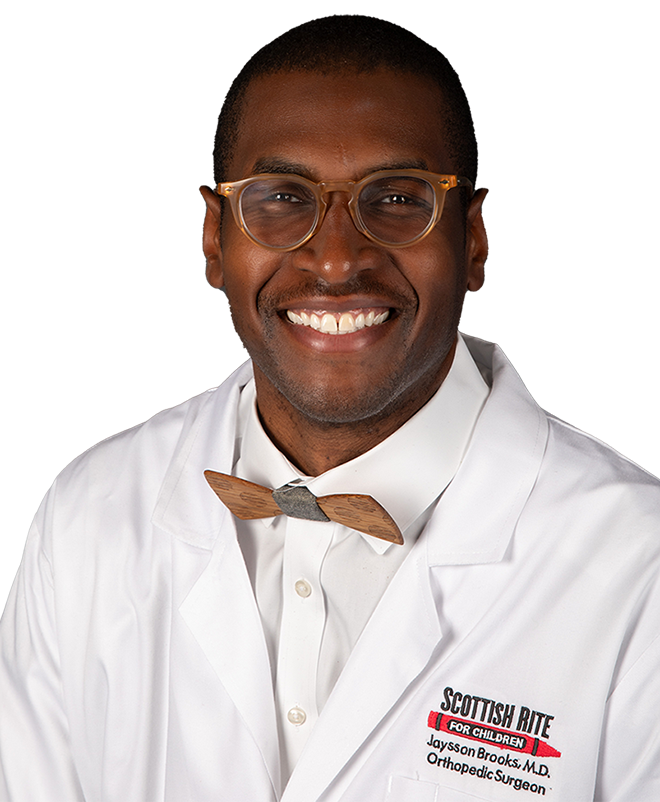
Jaysson T. Brooks, M.D.
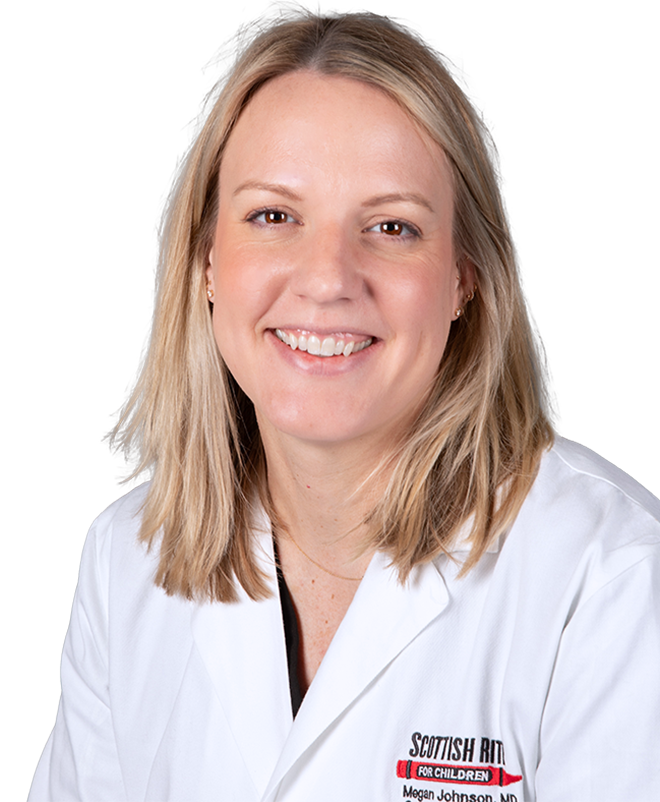
Megan E. Johnson, M.D.
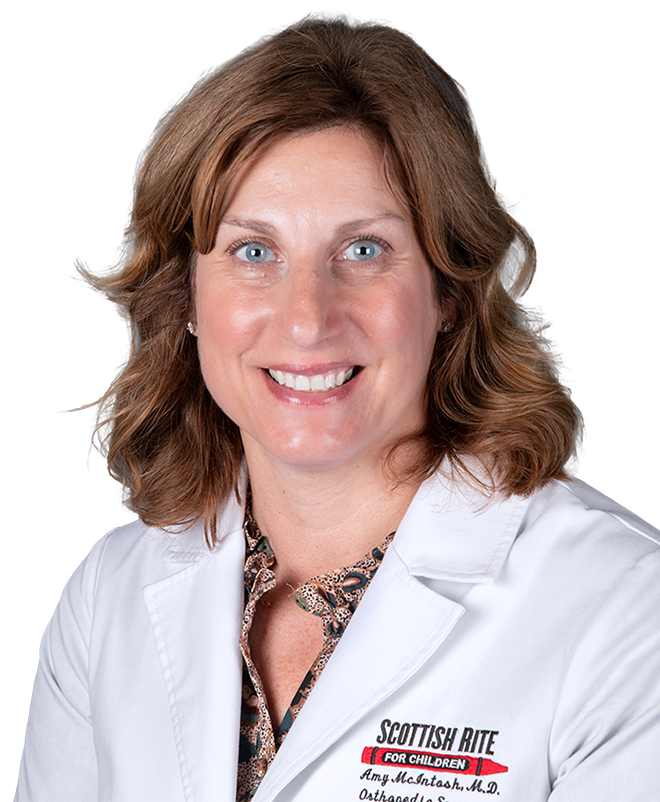
Amy L. McIntosh, M.D.
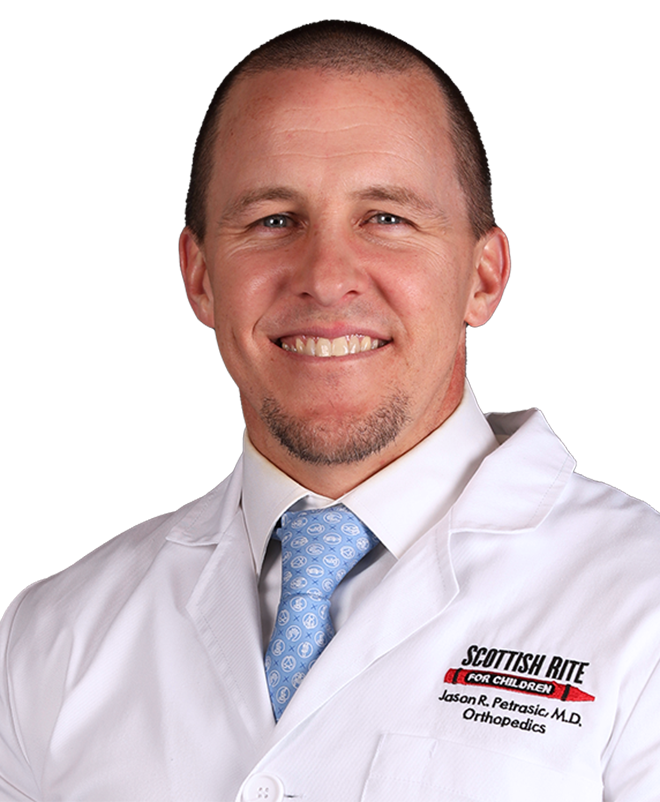
Jason R. Petrasic, M.D.

Brandon A. Ramo, M.D.

Karl E. Rathjen, M.D.
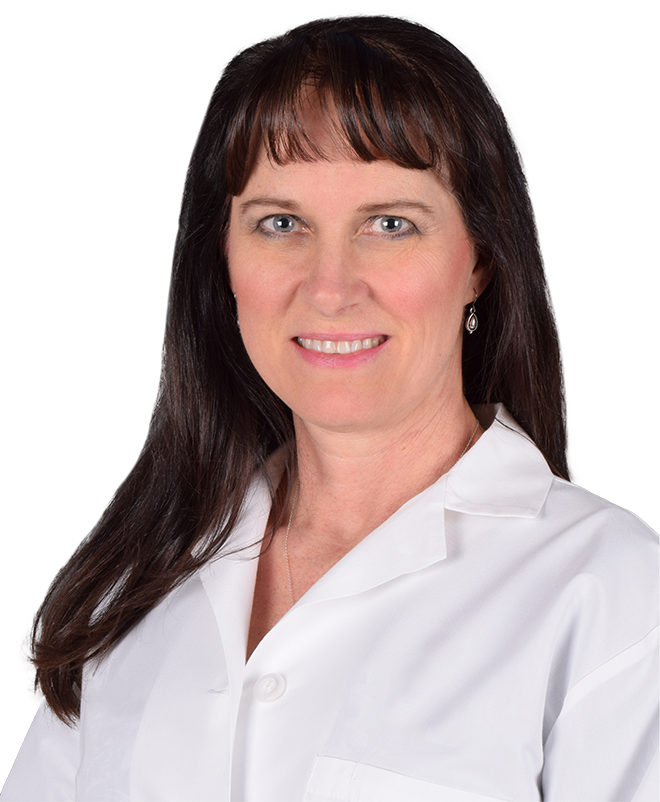
Shawne Barron, M.S.N., APRN, PCNS-BC

Cherlyn Caneda, APRN, CPNP, RNFA
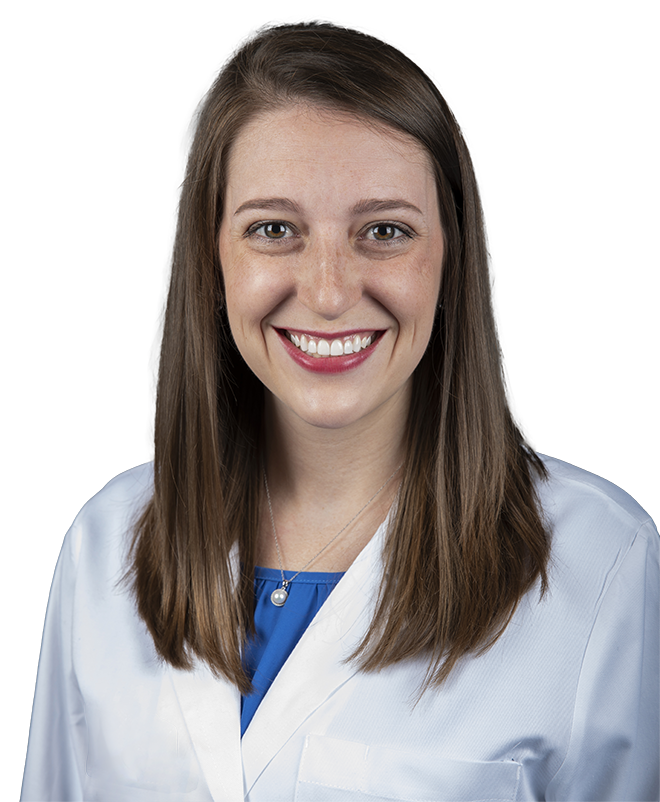
Emily Chapman, APRN, CPNP-PC
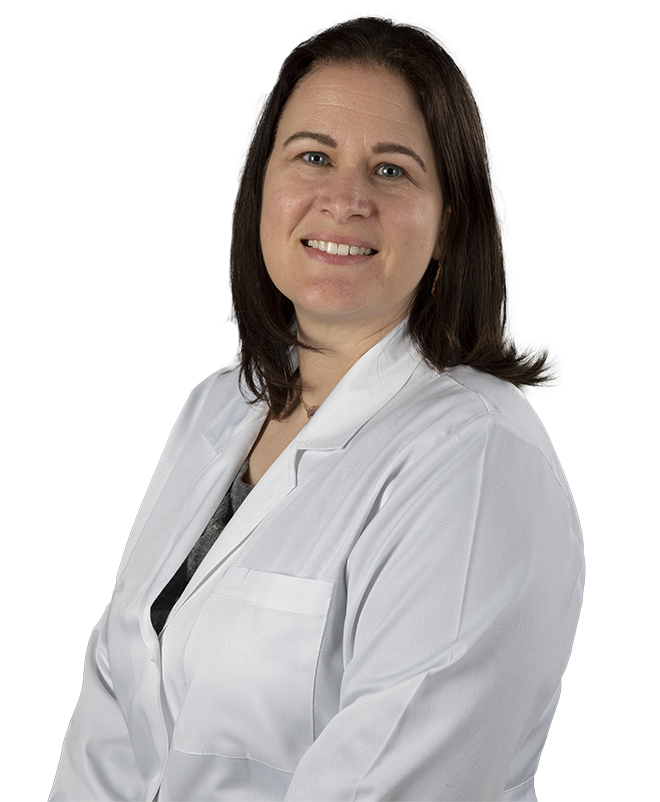
Emily Holmes, APRN, CPNP-PC, A.C.

Jessica Landson, P.A.-C.
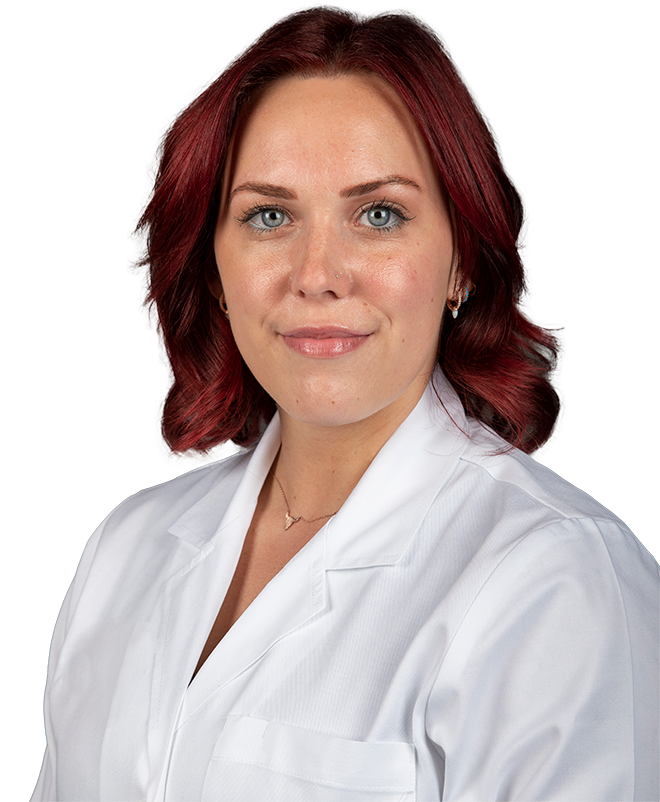
Kristen Lord, APRN, CPNP-PC
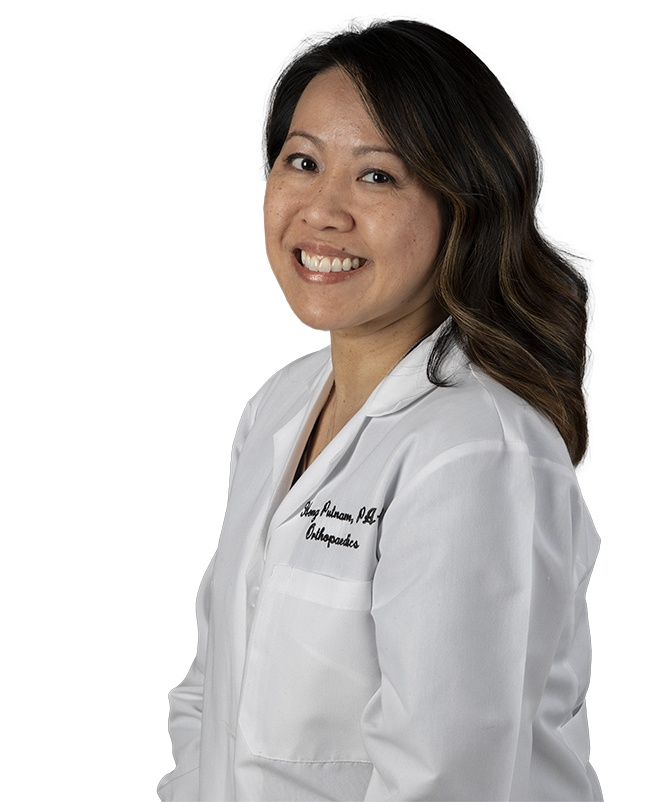
Hong Putnam, P.A.-C
Latest news: Scoliosis & Spine
Micaela’s Road to Confidence Through Expert Care
Micaela, of Northlake, Texas, is described by her family as the \"ultimate girly girl.\" She can often be seen arriving to her appointments at Scottish Rite for Children wearing pink or purple…
Healing With Hope: Mickel’s Transformation Through Spinal Fusion
To Mickel, Scottish Rite for Children represents hope for a better tomorrow. After noticing that the curve in his lower back had grown, Mickel and his family were referred to Scottish Rite…
When and Why to Choose a Pediatric Spine Specialist
Your child may look or act like a miniature version of you. Still, on the inside, crucial differences make specialized pediatric care a must. When it comes to spinal conditions and injuries,…
How Spotting Spondylolysis Early Helps Protect Your Child’s Spine
Back pain isn’t an adults-only problem. It also affects children, and spondylolysis — a break in a vertebra — is a common cause. If your child tells you their low back hurts,…
Lexie’s Journey of Unbreakable Bonds and Unstoppable Dreams
At Scottish Rite for Children, every patient’s journey is as unique as they are. Each experience, story and moment shared at Scottish Rite creates an unbreakable bond between the patient and their…
Diagnosis to Dedication: How Aaliyah’s Scoliosis Journey Inspires Change
18-year-old Aaliyah, of Kress, is transforming her personal journey with scoliosis into a source of inspiration for young girls with similar diagnoses. “Scottish Rite means so much to me by helping me…
Share Your Story: Lifelong Commitment to Care
13-year-old Lyla and her mom Ashley have more in common than they originally thought. Ashley was diagnosed with scoliosis in 2000 after her mom noticed a spinal curve while she tried on…
Standing Tall After Spinal Fusion Surgery
Previously published in Rite Up, 2024 – Issue 2. In January of 2023, Delilah, a 12-year-old from San Antonio, was helping her mother, Angie, clean the house. As Delilah bent over to…
Scoliosis Awareness Month: Wearing Your Scoliosis Brace
At Scottish Rite for Children, our spine experts care for the common to the complex of scoliosis curves. The type of treatment required for the condition depends on the child, when they…
Scoliosis Awareness Month: What is Scoliosis?
What is it?Scoliosis is not a disease. It is an abnormal curvature of the spine. In addition to the spine curving sideways, it also twists, making the ribs (which are attached to…


